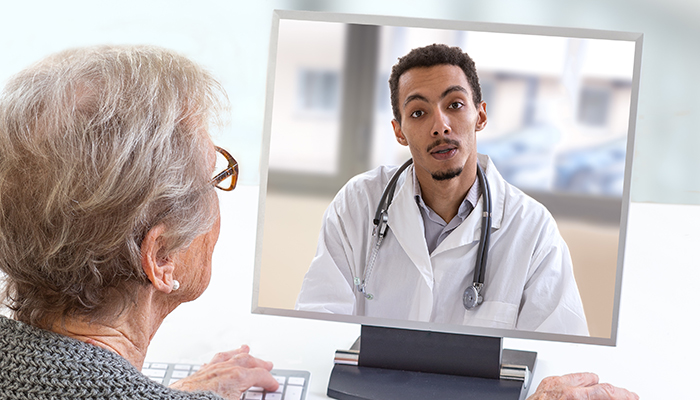
Time with a doctor is precious—and that creates pressure to make the most of each visit. Whether your loved one’s next appointment is in person or through telehealth, a little preplanning will go a long way to making it a productive session.
Here are some helpful tips:
- Identify the goal. Are you seeking a diagnosis for new symptoms? Deciding on a specific treatment? Checking in after hospitalization? Determine what you want to get out of the meeting. Don’t assume the doctor has the same focus in mind.
- Prioritize the questions. Write down your specific questions. You may have time to ask only three, so put the most important questions at the top. And be sure to ask them!
- Clarify your role. Will you be physically attending the appointment? Joining the session remotely? Does your loved one want you to spearhead the conversation? Or is your role mostly to take notes and point out any unasked questions?
- Ensure optimal communication. If your loved one wears glasses or a hearing aid, double check that they are handy for the visit. Extra batteries, too!
- Give pertinent information. If you are updating the doctor with new information, be specific and detailed when describing recent symptoms and your sense of related events.
- Provide a list of all medications, including herbs and over-the-counter preparations. Collect them in a bag that you have at the ready to show to the doctor or intake assistant.
- Special considerations for telehealth. If this is a telehealth visit,
- work with the staff ahead of time to be sure your loved one’s computer can connect properly. Make sure the video is clear and the audio functions work well for both hearing and speaking.
- choose a quiet, private place for the visit. Ideally a room with privacy to respect your loved one’s confidentiality. Also, with minimal noise (no TV in the background) to reduce problems hearing or concentrating.
- pay attention to lighting. You don’t want light behind your relative because that will cast them in silhouette. Light in front needs to be adjusted to avoid glare on glasses.
- be ready with devices. Your loved one may need to have a blood pressure cuff nearby, or a thermometer. You may also want to have a smartphone handy because you may need to take a picture of a wound or rash.

